There’s something about Jeju that disarms cynicism. Banners proclaim to tourists: “We love having you here!” Others proudly assert: “The world comes to Jeju, and Jeju goes to the world.” There’s something direct and sincere about these sentiments. I am rather moved by the ambition and the open-heartedness. And I buy it, because the more I travel around Jeju, the more I find welcome and kindness and an appreciation of irony and delight in the bizarre, which is very attractive.
I love the range of tourist attractions of Jeju. Eclectic is an understatement. Scholarly, kitsch, cutsie or wacky, attractions jostle for the attention of visitors and the industry glories in its eccentricity. I don’t care if government tax breaks or an eye to the emerging Chinese market motivate growth. The result is fun, joyful, crazy and unique.
Last week I visited a tea plantation. Green tea is a major export of Jeju, and is used in a remarkable range of things, including moisturiser, ice-cream and Swiss roll. It makes these things green. Here are some pictures of the somewhat improbably named O’Sulloc’s tea museum.


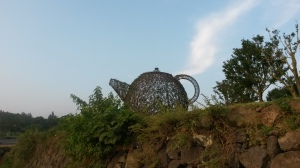
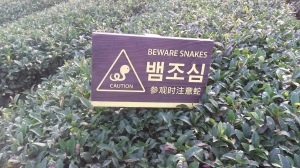
Who knew that growing tea was so hazardous?
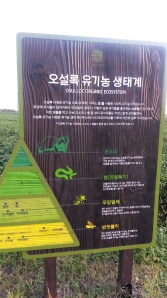
It seems to me unlikely that the key creatures in the tea ecosystem are aphids, ladybirds, snakes and otters. Perhaps I read this wrong.

I genuinely have no idea…
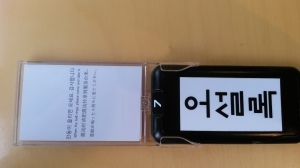

This is cool. When you order in the restaurant they don’t give you a number on an old wooden spoon, they give you device. It plays a little tune when your order is ready.
O’Sulloc’s is really very pleasant. You can stroll around fields of tea, and then have a refreshing brew. Pleasingly this is within walking distance of the global education village.
Last weekend we went to a maze. Conditioned by Hampton Court, we were expecting hedges rather than mirrors, so it was a bit of a surprise when they asked us to put on gloves. Inside was a slightly bizarre mix of cultures, with models of Alice in Wonderland side by side with trolls, sphinxes and batman.

In this theme park you can have your photo taken in front of a variety of cultural icons made out of fibre-glass.
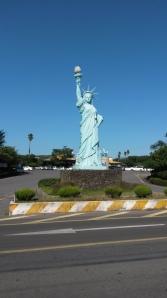
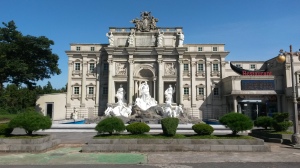
It might seem a little strange to have a Leonardo da Vinci Museum on Jeju. It’s actually rather well done, with working wooden models of lots and lots of his designs, and their modern equivalents.
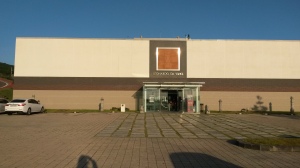
None of the man-made attractions come close to the natural ones. This is what you see from the viewing platform on top of Jeoji oreum. Three separate groups of Korean walkers arrived while I was there. Each one took the trouble to point out to me the mountains and islands which could be seen. I found the friendliness on Jeoji as breathtaking as the view. The second picture is down inside the crater.
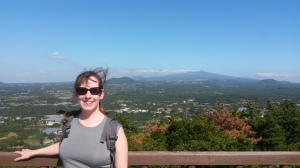

This is the five day market in Moseulpo. It happens on days that end in 1 or 6. An elegantly practical system. I didn’t ask what happened on months with 31 days.
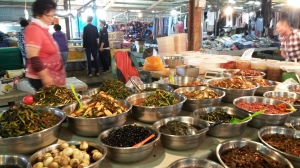
These are squid boats in the harbour. The lights attract the squid, and this is what they catch.

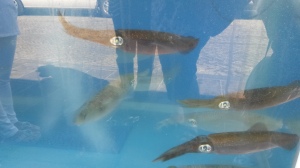
Here is some sort of preying mantis seconds before it accidentally got shut in the automatic sliding doors of the apartment building. I’m actually a bit sad about that.
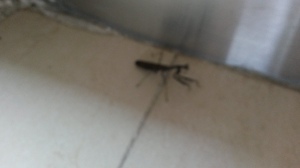
Anyway, life is certainly full of novelty and interest. Zeph has been to the vet a couple of times, as she hurt herself when she got stuck under the bed, and had to have a hole in her thigh stitched up. Although usually I am quite adventurous about communicating in Korean, I have to admit that this time I was pleased to find a sympathetic English-speaking vet. However, it was obvious that they were used to dealing with smaller dogs. The first thing they did was plonk her on a chest high table. Poor old Zeph was stiff legged with terror, and it took three of us to prevent her from toppling off onto the floor. Then fairly soon they decided that she needed to be sedated, which they also did on the table. Attempting to catch a swaying, dozy greyhound before she hits the deck is no joke, especially as she is entirely made of breakable parts. Then they stitched the wound, but she had a bad reaction to the anaesthetic, and spent the next half an hour staggering around the waiting room, falling over and dripping blood over the floor. So in the end it was just me, Zeph and one vet (who should have left hours ago) in the building, and we decided to put her in the car and take her home and see if she was better in the morning. The vet carried her to the car, and really couldn’t have been nicer.
So at no time have I felt unwelcome on Jeju. However, there are drawbacks to the influx of tourists, and rapid westernisation of the island. Last week was Jeju’s international women’s film festival. The most interesting film I saw was called ‘Spirits: The Story of Jeju’s Shamanic Shrines.’ This was followed by a question and answer session with the American director, and one of Jeju’s remaining Great Shamans. With typical Jeju thoughtfulness, the film was shown with English and Korean subtitles, and the debate was translated into English and Korean. The film was an elegy to the decline in Shamanism, and effects of rapid cultural change. The shamans preserve an historic oral tradition. Each ensures the continuation of local religious stories and practices. A great shaman is one who has memorised the epic myths of the the gods of Jeju, which takes 30 years. The younger generation increasingly look to science, and the western world, for their inspiration, and as a western teacher, I am playing my part in this. It is well to be reminded that there is a cost, and that something profound and fragile could easily be lost. At the very least Shamanism needs its Homer.
Jeju does welcome the world with genuine enthusiasm. It behoves the rest of us to be careful what we trample on.
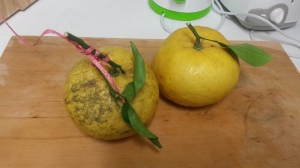
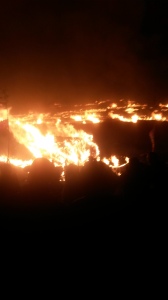
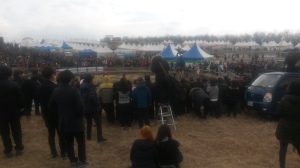
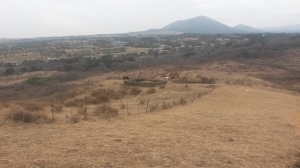
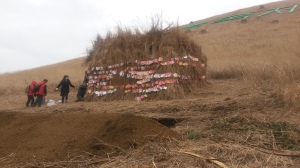
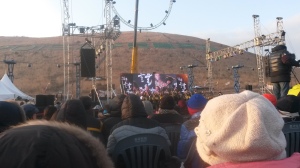
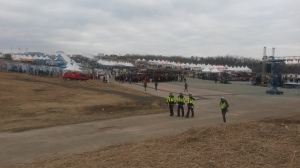
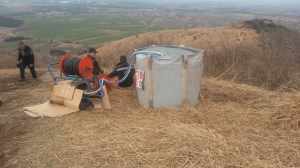
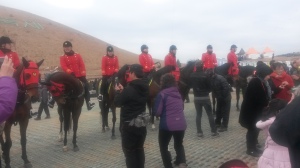

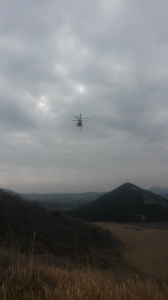
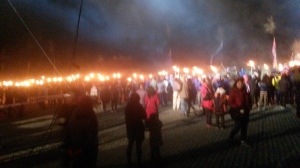
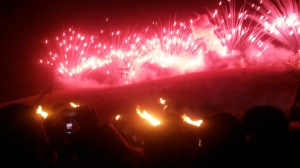
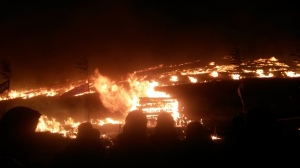
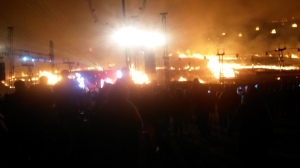
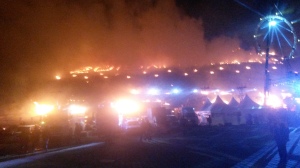
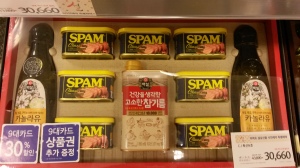
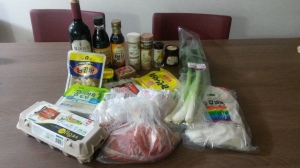
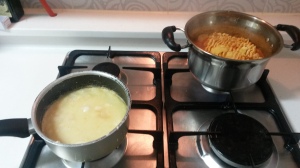
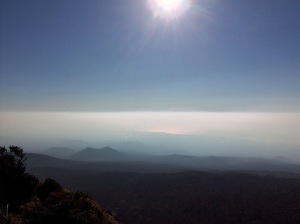
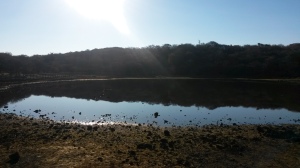
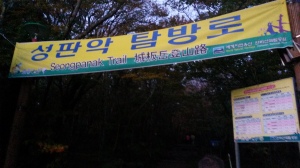

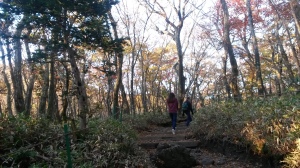
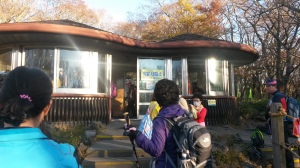

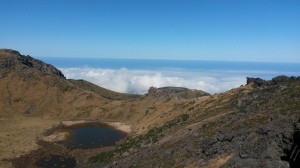


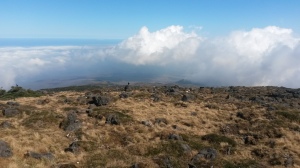
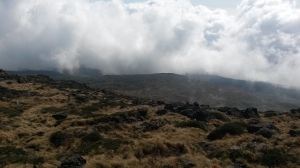

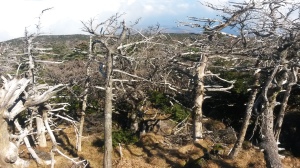
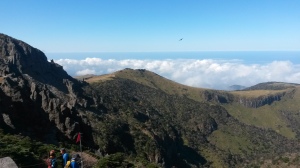

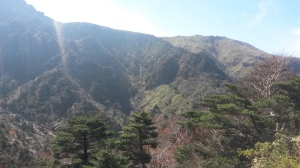
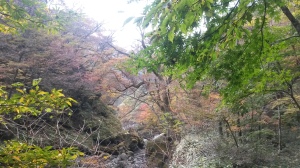
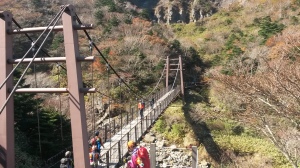
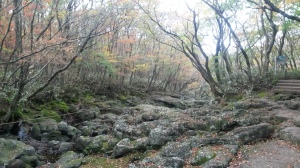
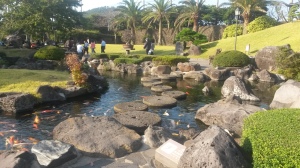
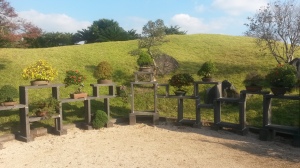
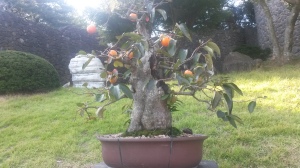
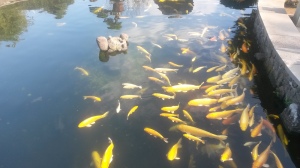
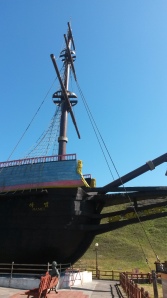
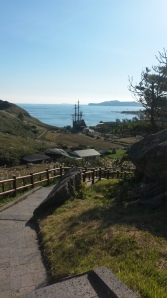
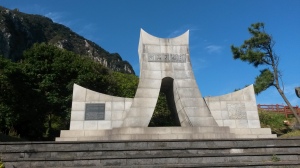
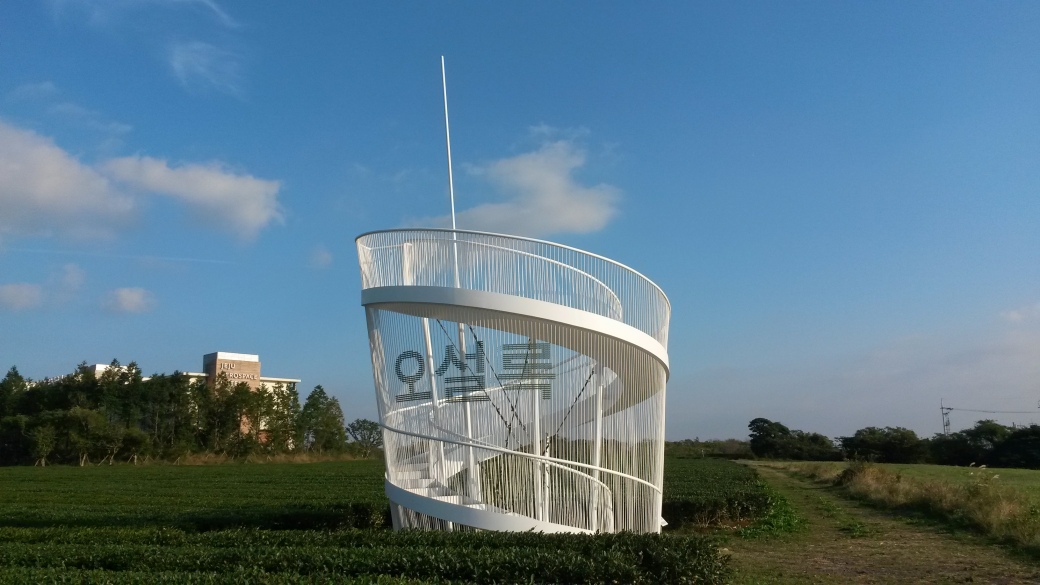
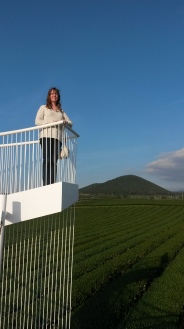
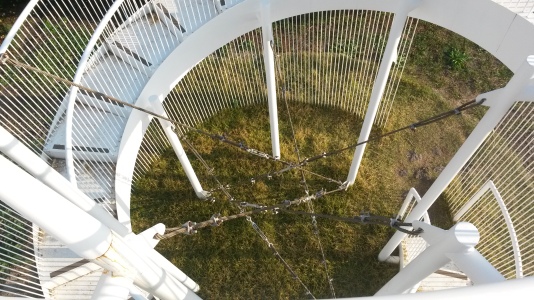
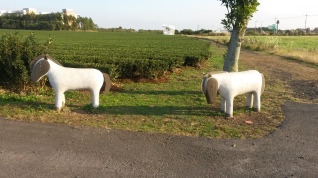
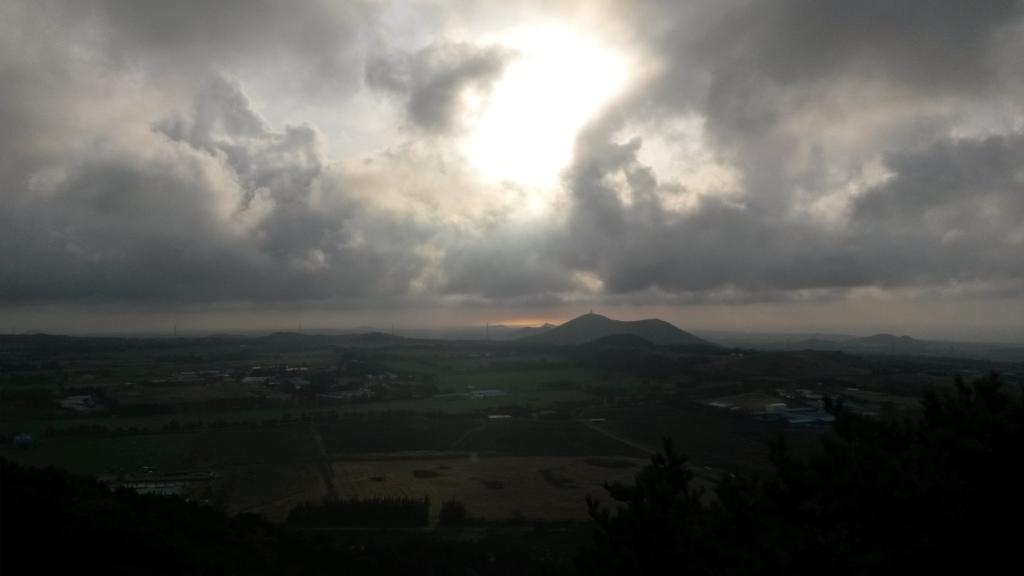
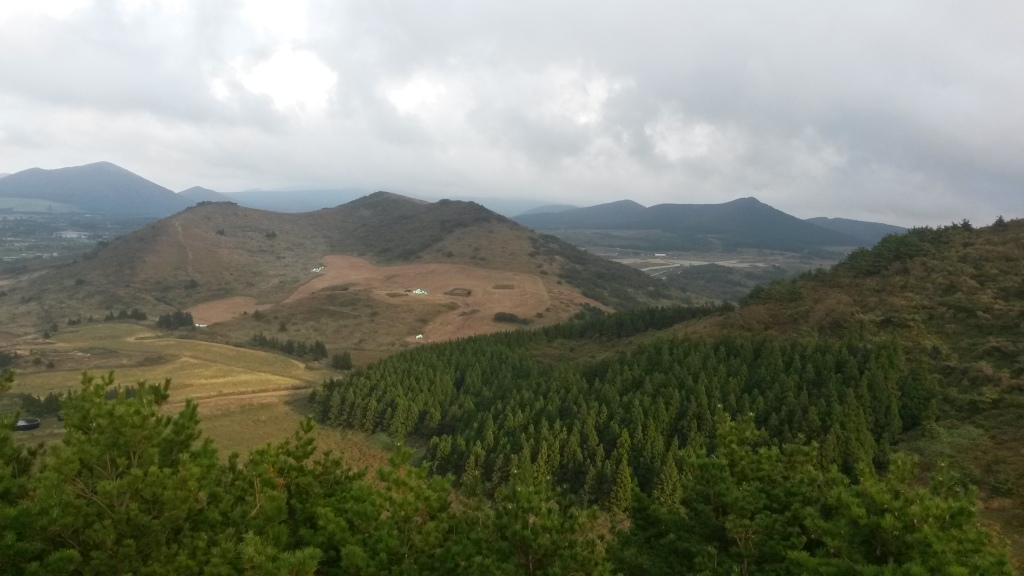
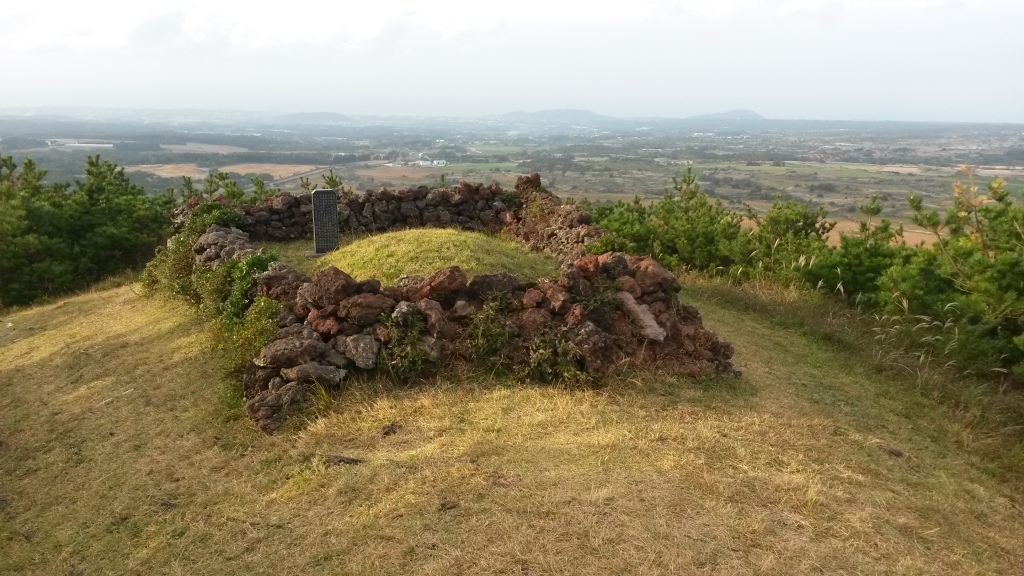
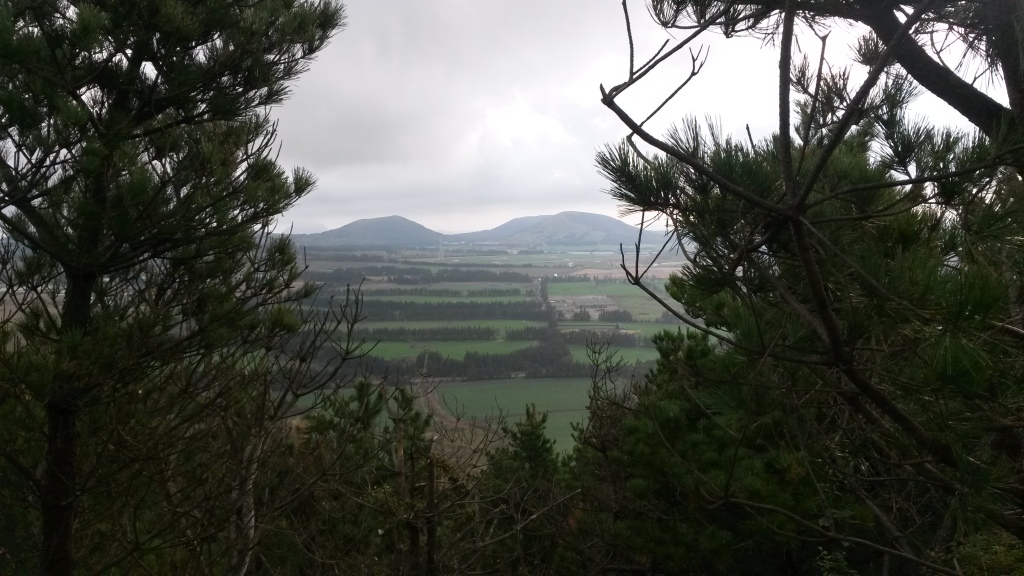
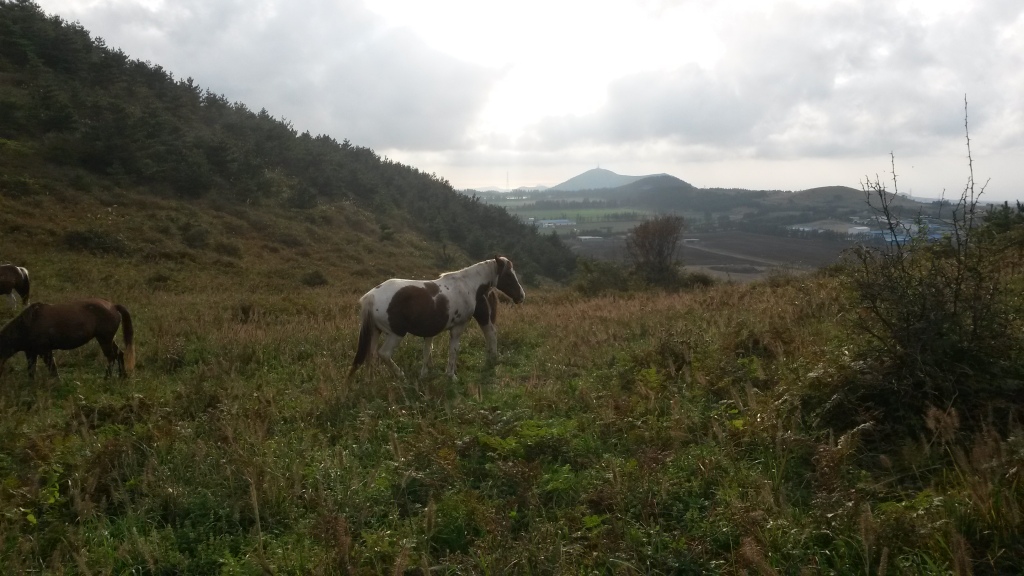
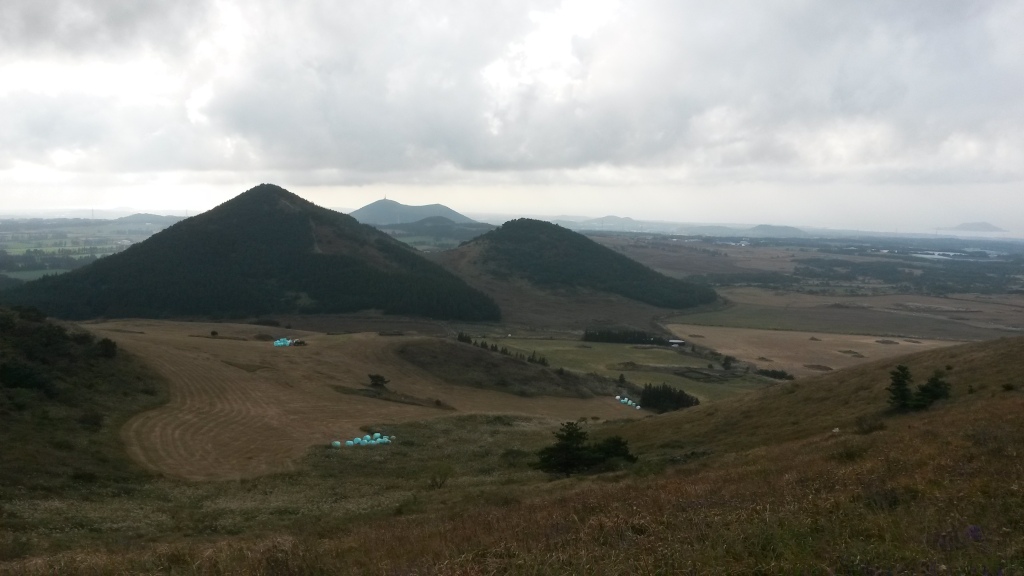


















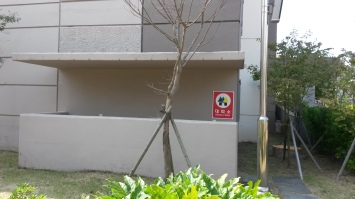

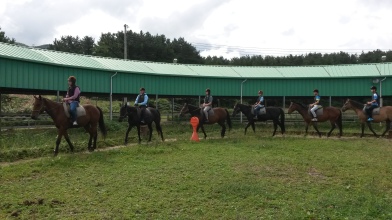 ok 14 children horse-riding on Saturday morning, and it was great. The sun was shining, the kids were keen and I got to ride too. The instructor commented that I had been taught to ride ‘western style’. No great surprise there except that to me it was they who were riding western style, like American cowboys with huge pommels on their saddles. Which shows that all geography is relative. It’s hard to debate the merits of the classical European dressage style of riding when the only horse related terms you have in common are ‘walk’, ‘trot’ and ‘canter’ (my latest Korean vocabulary – I taught them the term ‘rising trot’) so we abandoned a fruitless discussion and I got to trot my horse round for 40 minutes so the kids’ horses could follow and they could learn sobo (rising trot). Luckily animals speak the same language the world over, and my mount quickly got the message that, riding styles aside, he was not the one in charge. It turns out that horse names are pretty much the same the world over too – Nun Oreum roughly equates to ‘Snowy’.
ok 14 children horse-riding on Saturday morning, and it was great. The sun was shining, the kids were keen and I got to ride too. The instructor commented that I had been taught to ride ‘western style’. No great surprise there except that to me it was they who were riding western style, like American cowboys with huge pommels on their saddles. Which shows that all geography is relative. It’s hard to debate the merits of the classical European dressage style of riding when the only horse related terms you have in common are ‘walk’, ‘trot’ and ‘canter’ (my latest Korean vocabulary – I taught them the term ‘rising trot’) so we abandoned a fruitless discussion and I got to trot my horse round for 40 minutes so the kids’ horses could follow and they could learn sobo (rising trot). Luckily animals speak the same language the world over, and my mount quickly got the message that, riding styles aside, he was not the one in charge. It turns out that horse names are pretty much the same the world over too – Nun Oreum roughly equates to ‘Snowy’.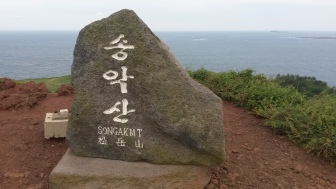 y more aerobic exercise was called for, preferably at some distance from the Global Education City, so I headed over to Songaksan, which is an oreum. As you are well aware, an oreum is a small ex-volcano, formed in the vicinity of a larger volcano a really, really long time ago. Or, in other words, a hill. But a kind of spiky hill. With a crater. There are loads of these on Jeju, and climbing them is a popular pastime. So seizing upon the philosophy of ‘when in Rome’ (a saying which coincidentally I taught my Yr 7 English Enrichment groups this week), off I set. I will say straight away that I had a very pleasant, if somewhat blustery, walk. I climbed to the highest point of Songaksan, even though I had to deviate sightly from the extremely well way-marked path to do so. The view was exceptional. You can see some of the rare native Jeju ponies grazing on the hillside. There is (apparently) a Korean proverb that all people go to Seoul, but all horses to Jeju. I rather like that.
y more aerobic exercise was called for, preferably at some distance from the Global Education City, so I headed over to Songaksan, which is an oreum. As you are well aware, an oreum is a small ex-volcano, formed in the vicinity of a larger volcano a really, really long time ago. Or, in other words, a hill. But a kind of spiky hill. With a crater. There are loads of these on Jeju, and climbing them is a popular pastime. So seizing upon the philosophy of ‘when in Rome’ (a saying which coincidentally I taught my Yr 7 English Enrichment groups this week), off I set. I will say straight away that I had a very pleasant, if somewhat blustery, walk. I climbed to the highest point of Songaksan, even though I had to deviate sightly from the extremely well way-marked path to do so. The view was exceptional. You can see some of the rare native Jeju ponies grazing on the hillside. There is (apparently) a Korean proverb that all people go to Seoul, but all horses to Jeju. I rather like that.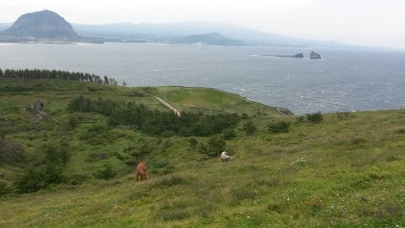
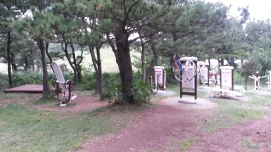
 walkways and rope handrails encircle the oreum. There are information posts, lookout points and even public toilets at frequent intervals. And in case you feel that climbing the oreum is insufficiently challenging, there is a wayside gym! You have to applaud the efficiency and organisation which has gone into the management of Sangaksan. As a visitor, I feel my needs have been anticipated. But it’s not quite my idea of a country walk!
walkways and rope handrails encircle the oreum. There are information posts, lookout points and even public toilets at frequent intervals. And in case you feel that climbing the oreum is insufficiently challenging, there is a wayside gym! You have to applaud the efficiency and organisation which has gone into the management of Sangaksan. As a visitor, I feel my needs have been anticipated. But it’s not quite my idea of a country walk!